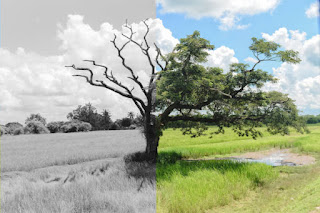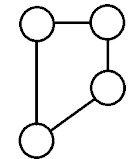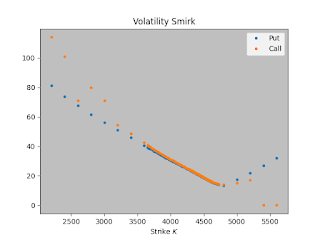Probability riddle

A probability question that seems to be quite common in quant interviews is the airplane boarding problem. Imagine that there are \(100\) people in a queue waiting to board a plane with \(100\) seats numbered seats. The first passenger takes a random seat. Passenger \(n>1\) will either take seat \(n\) if it is not already taken or take a random available seat. What is the probability that the last passenger is seated? You are typically expected to answer such a question in \(2\)-\(5\) minutes. Take some time if you want to try this problem on your own. Passengers queueing to board a plane Without much thinking, many would expect the probability of such an event to be rather small. Perhaps in the order of \(1/100\)? In this problem intuition can be misleading. Let's consider simple cases. Instead of boarding \(100\) people, consider \(2\) instead. If there are \(2\) seats, the probability that the second passenger takes the second seat is the probability that the first passenger...



